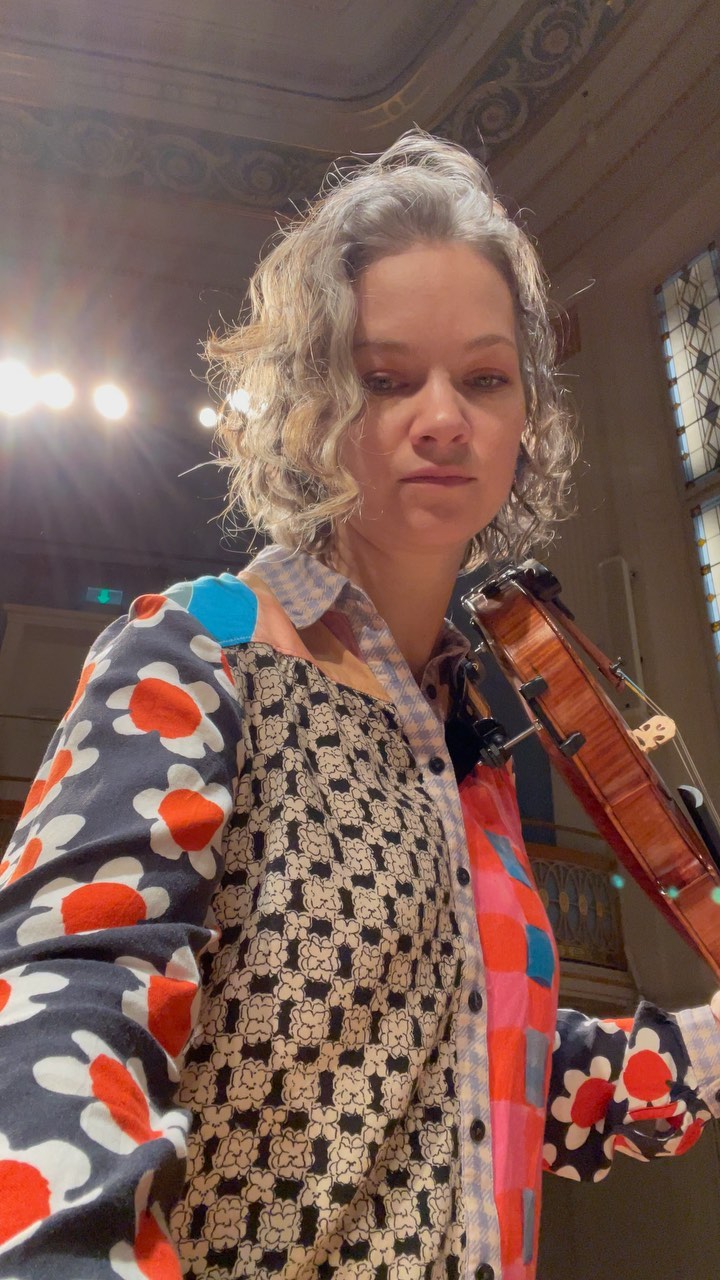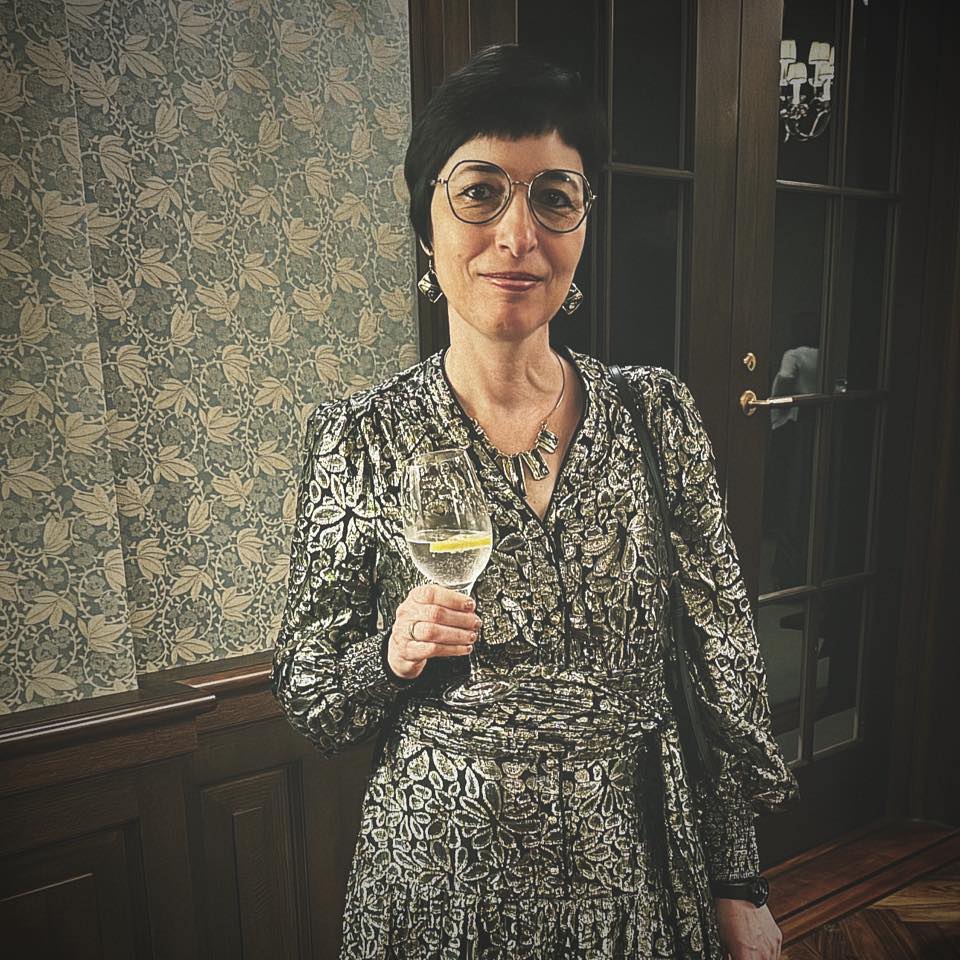How to botch a great recording
mainMy CD of the week is a premiere major-label recording of music by Grazyna Bacewicz, a composer unknown outside Poland and not widely cherished within. It’s the product of a passionate affinity by the pianist Krystian Zimerman and four young colleagues and it is every bit as challenging and beautiful as I had hoped.
CD of the Week/Norman Lebrecht
Grazyna Bacewicz (DG)
****
Almost everything about this disc is wrong, except the
music. Bacewicz (1909-69), a well-kept Polish secret, wrote music of quiet
subtlety and profound introspection, adhering to no single style and managing
to avoid interference or patronage by the Communist regime.
Little is known of her life. She started out as a violinist
and led the radio orchestra in Warsaw for two years before the war. Abroad, she
studied composition with Nadia Boulanger and violin with Carl Flesch. She
stopped playing after a road smash. In addition to writing music, she published
a number of short stories. She married, and had a daughter.
None of her work has appeared before on a major label and
its release here is due entirely to the passion of Krystian Zimerman and a
quartet of compatriots who join him in two quintets, separated by the
self-assertive second piano sonata.
In such obscure circumstances, one might have expected an
informative essay on Bacewicz, life and work, in the accompanying booklet.
Instead, we get a publicity puff for how Zimerman came to record it and little
more by way of introduction or analysis.
Record labels, at their best – remember their best? – exist
to educate, entertain and disseminate. DG fails here even to make clear whether
the recording is live or a studio performance. An executive producer is named.
He ought to be locked in a small room with an empty revolver, or sent on
holiday for a very long while.
The redeeming grace is the music, which becomes more
hypnotic on repeated listening. Bacewicz is unafraid of shifting styles. The
first quintet, dated, 1952, is generally tonal and occasionally minimal; it has
an irresistible grave third movement. The second, from 1965, shimmers
along a serial line in a manner reminiscent of the young Ligeti. In between,
the sonata recalls the late Prokofiev. This is music that demands to be heard,
in performances of great fervour that conjoin a master pianist with emerging
artists Kaja Danczowska, Agata Szymczewska, Ryszard Groblewski and Rafal
Kwiatkowski. The musicians have done their job. Shame that DG botched the
chance to support their enterprise.





When recording labels were good, piano quintet recordings were illustrated by pictures of the entire ensemble, not only the pianist. It’s not a solo recital.
DG – and all the “major” labels – are passing through a long and painful process of moronification. Ensemble ostracism aside, this Bacewicz CD cover is in a way surprising: there is no foxy young asian performer in it.
It’s not quite true to say that this is the first ‘major-label’ recording of Bacewicz’s music – unless you discount Hyperion and Chandos as ‘major labels’. The CDs in question (the Hyperion concentrating on music for strings; the Chandos on 3 or her 7 very fine violin concertos) both offer a useful cross-section of this unjustly-neglected composer’s work. You will be pleased to learn, I’m sure, that both these issues have a fair stab at giving some useful biographical information on Bacewicz. Sadly, however, the cover of the Chandos CD is adorned with a picture not of Bacewicz herself, but a suitably posed and sexy-looking Joanna Kurkowicz (the soloist in the violin concertos)!
Information not given in either CD booklet is that Bacewicz was the sister of Lithuanian composer Vytautas Bacevičius (1905–70), the Polish-Lithuanian border having slithered eastwards after the First World War and between the times of Bacewicz’s and her older brother’s births.
NL replies: None of these labels would consider themselves major. Their market share is in the low single figures.
Chandos, Hyperion and Hanssler have all released discs of her music, and I’d call them fairly major labels (in this day and age, at least).
I’m slightly puzzled by this, though I agree entirely about the importance of the recording. But to describe Jan Popis’s notes as “a publicity puff for how Zimerman came to record it and little more” is a misrepresentation. Of the 3.5 pages of English notes, roughly one (p.3) is devoted to why Zimerman and his colleagues wanted to record this music (and it’s a stretch to call even that a “publicity puff”). The remainder includes a useful discussion of Bacewicz’s career in general (p.2) and the two piano quintets and second sonata (p.4), along with some useful remarks by the composer herself on her music. “Little more than a publicity puff”? I don’t think so. Mr Lebrecht would do well to read these things more carefully before rushing to judgement.
Actually, Nigel, not helpful at all. Nothing one couldn’t learn about the sonata and quintets on-line and nothing at all about her personal circumstances – how and why she came to write in such different styles in turbulent times. Useless to the intelligent or critical reader.
Well, I suppose it depends how we might define “useful”, Norman – I’ll grant you it’s very much an old-style East European discussion, but he does at least try to offer some sort of stylistic comment on the two quintets. I suppose I was expecting something a lot worse from your description (especially as DG has made a habit of pure artist puff in some notes, like the Mutter Brahms violin sonatas).
I’m sure you’ve seen this, but in case not, there are some quite interesting things here:
http://www.usc.edu/dept/polish_music/composer/bacewicz.html
(the spam-avoidance phrase I’ve got to type is “Tumor Shotherv” – sounds like a Bulgarian symphonist…)